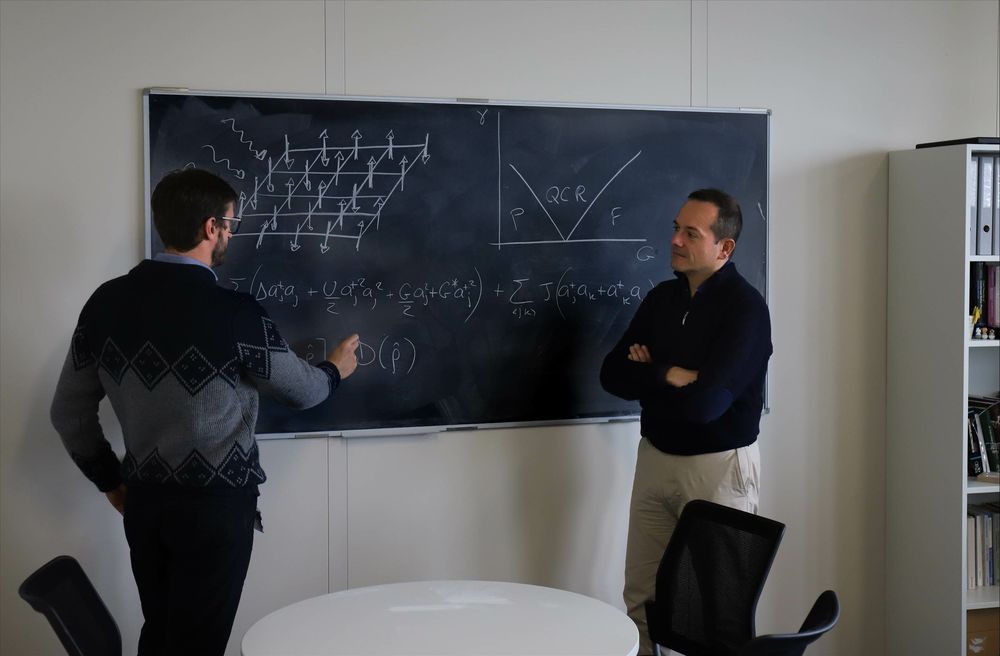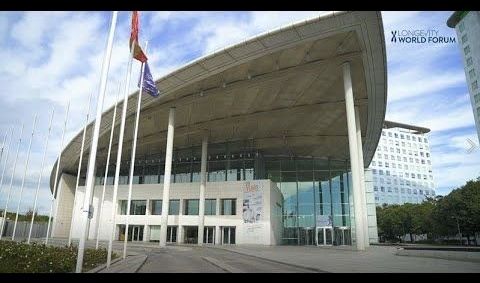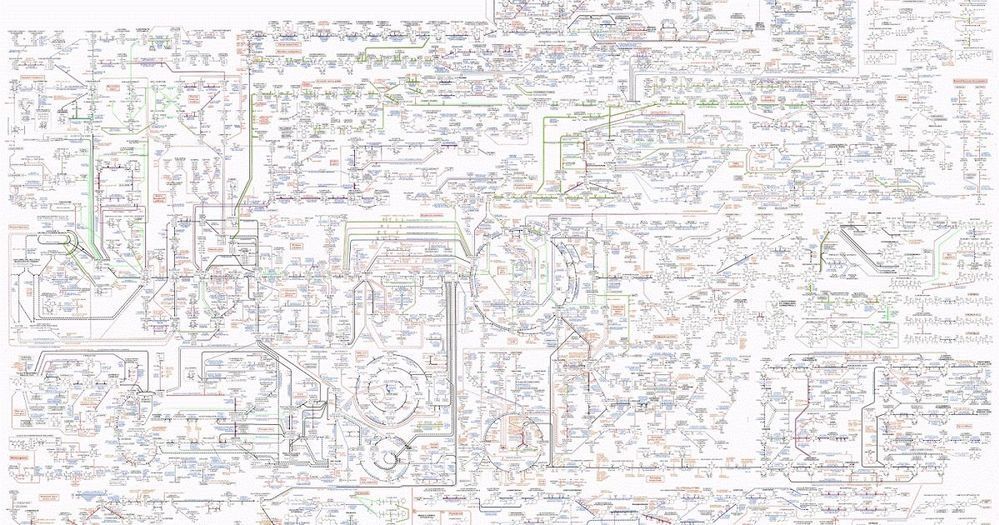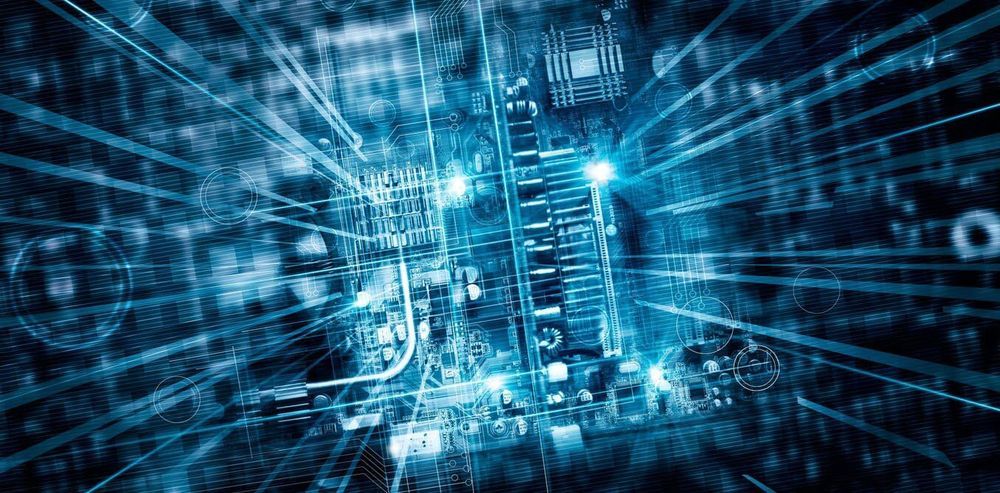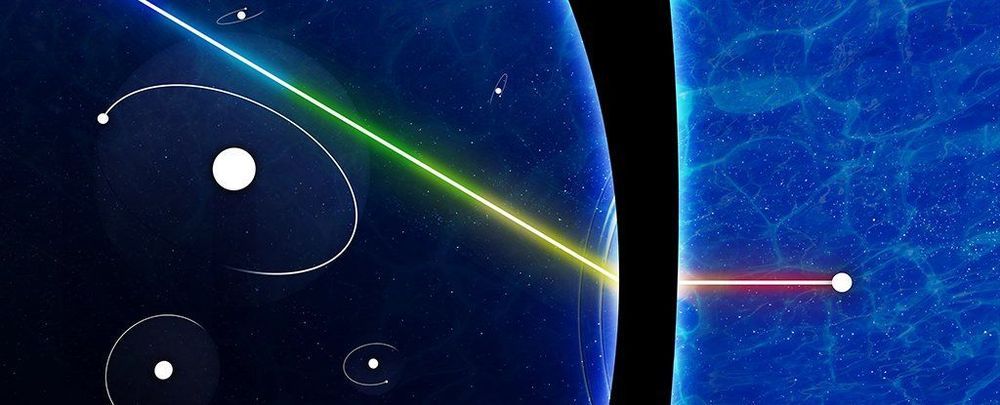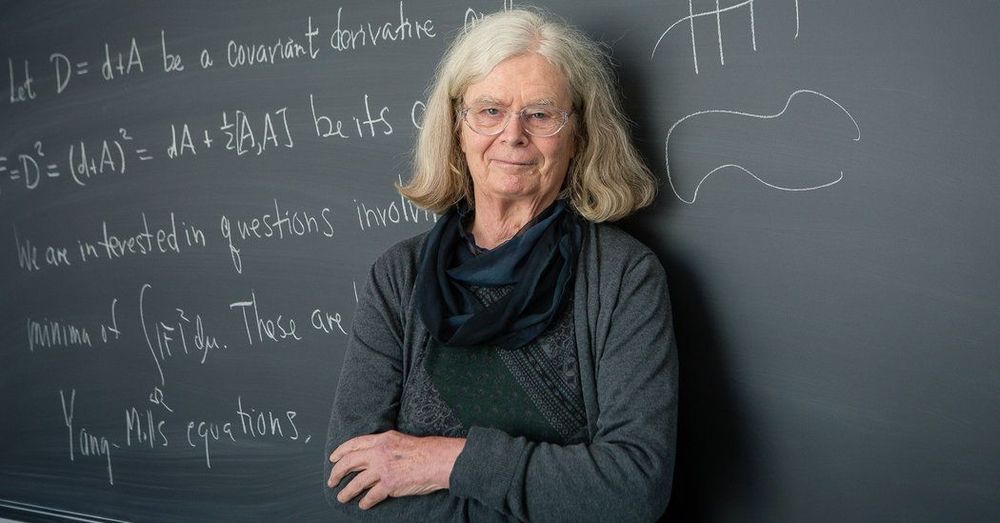Mar 23, 2019
SPECIAL REPORT: Defense Community Slow to Grasp Potential of Quantum-Based Devices
Posted by Klaus Baldauf in categories: materials, quantum physics
CHICAGO — Four stories underground — encased in several feet of concrete — is the University of Chicago’s new nanofabrication facility, where researchers apply the principles of quantum physics to real-world problems and technologies.
A small cadre of faculty and graduate students in a clean room bathed in yellow light wear protective clothing to ensure the integrity of the experiments they are conducting, which involves the very matter that comprise the universe: electrons, photons, neutrons and protons.
The William Eckhardt Research Center where they are working is located across the street from where a team led by Enrico Fermi, the architect of the nuclear age, carried out the first self-sustaining nuclear reaction.

